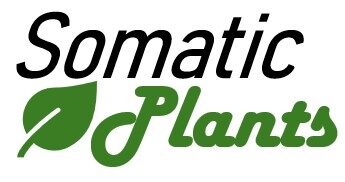Using Somatic Embryogenesis…
Although conifer somatic embryogenesis has been studied for more than 30 years (since 1985), the theory behind is still poorly understood and based on complex pathways hindering practical implications. One main current drawback is that somatic embryos typically can only be obtained from juvenile propagules of unknown performance such as zygotic embryos from seeds. Somatic embryogenesis cannot routinely be achieved from vegetative tissue of tested, mature trees, although some efforts are encouraging in pine and spruce. Somatic embryos from seeds are appropriate for the bulk propagation of untested varieties from elite families; but for multi-varietal forestry based on tested varieties, somatic embryogenesis must be coupled with cryopreservation to preserve the juvenility of embryogenic lines, while corresponding varieties are field-tested. After evaluation of tree performance (a long process, typically 10 – 15 years), selected varieties can be a posteriori and true-to-type propagated from the cryostock. Additional challenges for somatic embryo initiation from zygotic embryos arise and include low genotype capture, sub-optimal quality and yield in embryos and plants as well as laborious handling at different steps resulting in high costs of somatic trees compared to standard seedlings.


